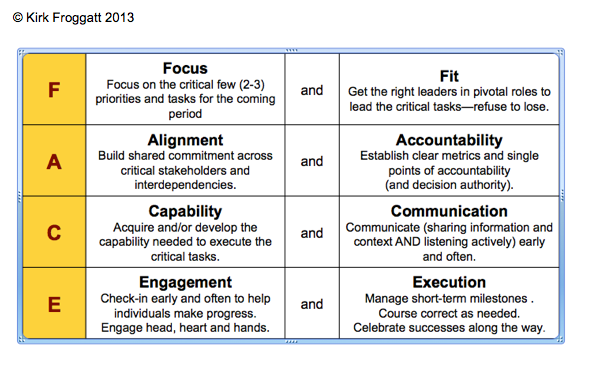Recently, National Public Radio’s Science Friday did a segment on the Alan Alda Center for Communicating Science at Stony Book University. Stony Brook’s journalism school offers a fantastic slate of one-credit courses for STEM graduate students (at no cost to full-time PhD students). Here are just a few:
· JRN 501 COMMUNICATING SCIENCE: DISTILLING YOUR MESSAGE
· JRN 503 COMMUNICATING SCIENCE: IMPROVISATION FOR SCIENTISTS
· JRN 502 COMMUNICATING SCIENCE: WRITING TO BE UNDERSTOOD
· JRN 504 COMMUNICATING SCIENCE: USING DIGITAL MEDIA
·
Jargon is great for precise communication within a discipline, but it also separates insiders (the people in your tribe) from outsiders. In the early years, students work hard to learn the lingo of their fields, and they emulate their professors. Over time, they may forget how to speak like normal people. That’s fine when professionals are speaking to others within their disciplines, not so good if they are trying to communicate with non-specialists.
Why does this matter? Because the taxpaying public pays for most breakthrough research, and they need to understand what they’re getting for their money. Because elected officials need to understand the implications of their policies. Because potential funders (government agencies, foundations, and – of course – equity investors) need to understand the scientific and (increasingly) commercial potential of research-based innovations.
These are not stupid people, but they are generalists. They don’t know the secret handshake of a discipline’s jargon. They don’t have the background to infer the real-world implications of a process or mechanism or invention unless they are spelled out.
Dropping the jargon is not dumbing down! Being concise is not dumbing down! Being compelling is not dumbing down!
At the end of each semester, many MIN-Corps teams pitch to local investors and industry partners. These pitches will range from just ok to great, but they will all be better than their first attempts at the beginning of the program. While we focus on honing a pitch for potential funders, it’s always a good idea to learn how to present your ideas in a concise, clear and compelling way. Here’s a video with good advice. Also, Silicon Valley guru Guy Kawasaki offers an effective template.
Communicating with a generalist audience is a skill that takes practice, and it can be frustrating. We especially see this with part-time MBA students who have undergrad degrees in the sciences and engineering and who feel stuck in their careers. One issue is that they don't know how to communicate with busy senior executives. The advice is the same: be concise, clear, and compelling – and start with the real-world implications not the background or analysis.
In other words, treat your audience like a very, very, very, very, very, VERY intelligent individual with Attention Deficit Disorder.


